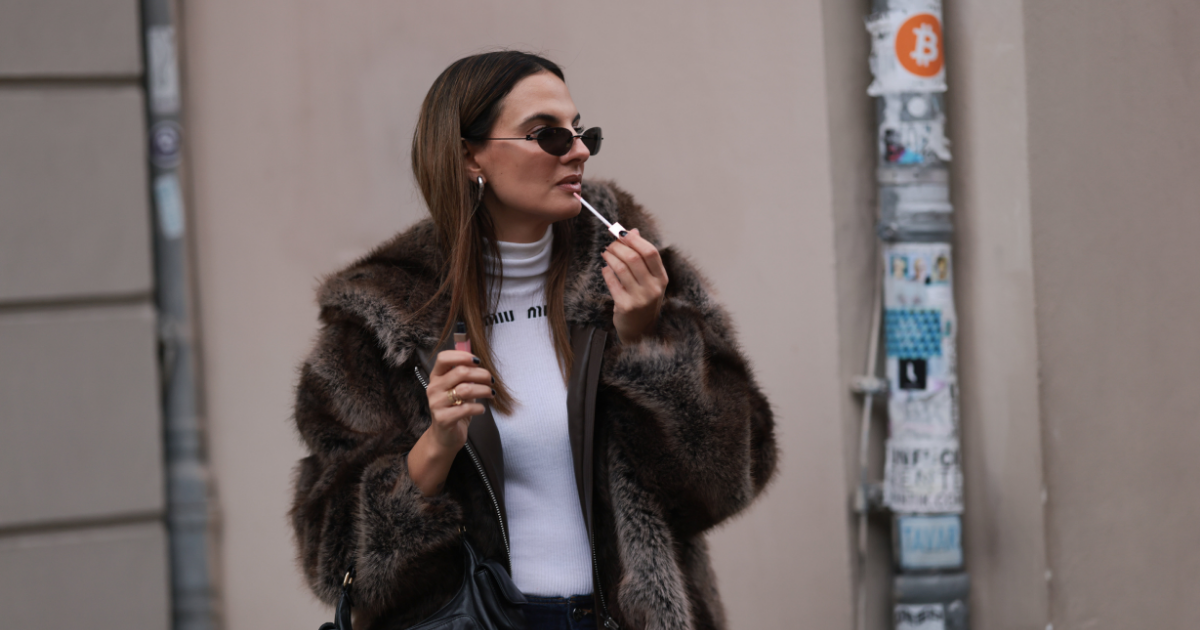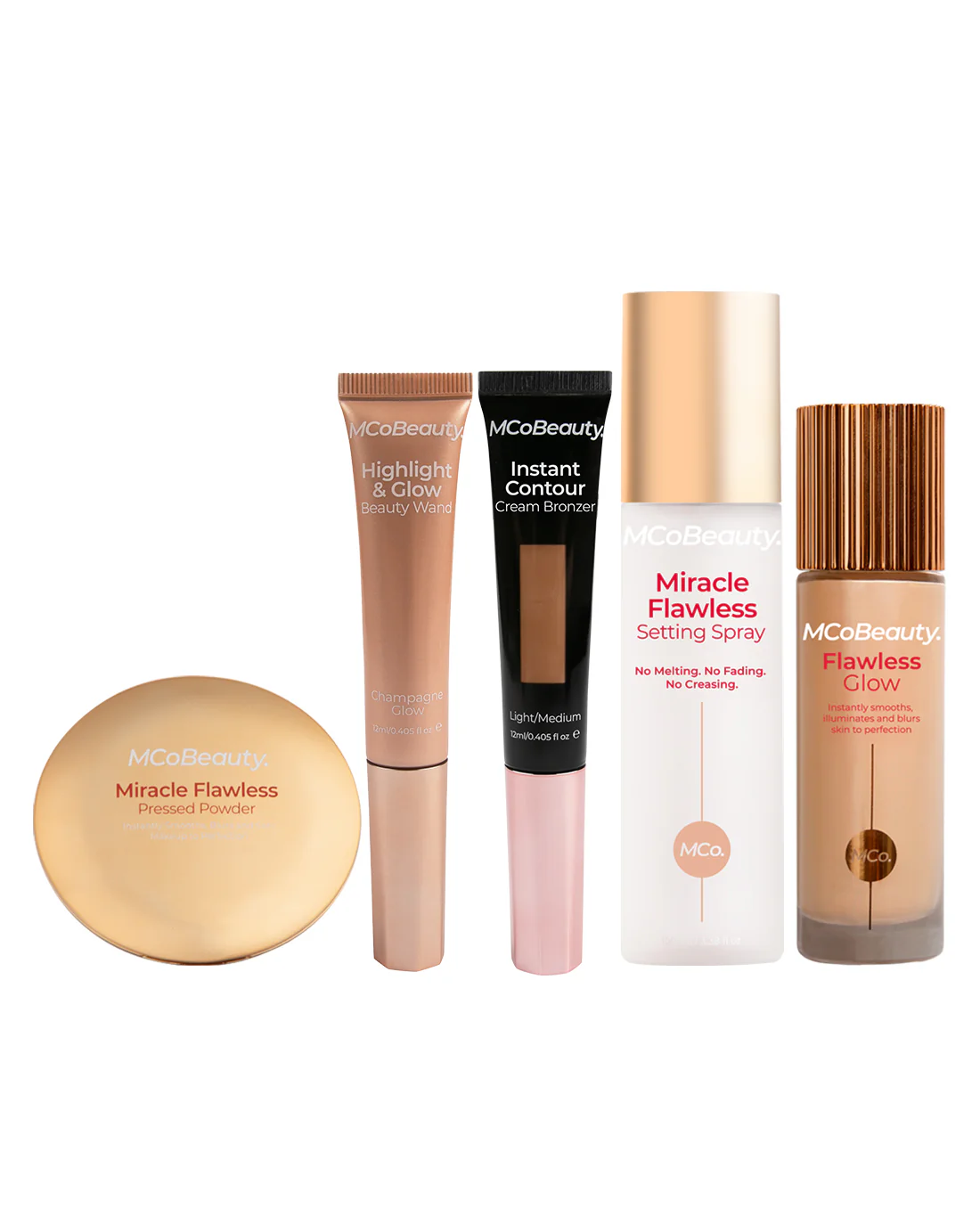Are Beauty Dupes Democratising Makeup—or Diluting Innovation?
Cheap thrills may come at a price


“Duping is basically trying to sell people something that it doesn’t do—they’re duping the consumer,” Charlotte Tilbury recently said on the pop culture podcast, Shameless. I can see why she’s not a fan. If I had worked tirelessly for over a decade to build a trusted, globally-loved brand, and then a bunch of my bestsellers were being copied—shade for shade, packaging and all—I wouldn’t be a huge fan of dupe culture either.
When beauty dupes first appeared, they felt almost revolutionary. The idea was to provide beauty fanatics with products that were similar, not identical to their favourite brands—a blush with the same texture and finish, a lipstick in a comparable shade—but at a fraction of the price. It levelled the playing field a little, making beauty products once reserved for luxury counters accessible to a wider audience. There was also a thrill in the discovery and with sharing your finds with people who were equally as obsessed with beauty.
Today, things look very different. Beauty dupes are no longer a niche corner of the internet. Entire business models are built on them. Take MCo Beauty, Australia’s number one beauty brand, now available in the UK, whose shelves are lined with near-carbon copies of high-end brands including Charlotte Tilbury, Dior and Sol de Janeiro. The products often mimic not just the colour but the packaging and sometimes even the names. But beyond outward appearances, whether or not the product delivers the same quality and wear is an entirely different matter.

One argument that's flying around about formulas almost acts as a justification for beauty dupes. The idea is that many brands, luxury and mass, use the same contract manufacturers. Rumours online suggest that Kylie Jenner Cosmetics and Colour Pop Cosmetics use the same manufacturers and thus are the same products, just packaged differently and with notable different price tags. In fact, Beauty Pie based their entire business around this premise, with slogans like, "luxury beauty minus the luxury price tags".
The truth, however, is more complex. “It’s highly unlikely for two products to be identical unless they’re white-labelled,” explains chemist and facialist Ceyda Faik-Yildirim. Two formulas may share the same star ingredient but differ wildly in texture, absorption, and long-term results. “More affordable dupe products may use cheaper raw material blends. So while the active ingredient might be the same, the formulation and blending can be of lower quality,” she told Marie Claire.
Many consumers discover after purchase that dupes don’t always deliver. “I once bought a perfume dupe that smelled amazing in the shop but vanished after an hour,” says Chloe, 29, a London based primary school teacher. “It looked identical to the designer bottle, but the scent didn’t last more than 15 minutes.”
Supermarkets like Aldi have leaned into dupe culture, rolling out lookalike concealers and fragrances as part of their regular stock. Legally, they skirt the rules and get away with these copies. As long as dupes avoid specific trademarks, there’s little room for pushback, even when the similarities feel uncomfortably close.
Celebrity news, beauty, fashion advice, and fascinating features, delivered straight to your inbox!
For now, the current state of our economy keeps dupes thriving. In a climate where £34 for a lipstick feels a little too indulgent, brands like MCo Beauty feel like a good alternative.
“I love makeup, but I just can’t justify £40 on foundation right now,” says Amira, 24, a retail assistant from Manchester. “If I can get something close enough for a third of the price, why wouldn’t I?” It’s hard to argue against saving money in one of the most expensive consumer industries. But not all dupes are equal.
And yes, some beauty dupes impress. Aldi’s take on Armani’s Luminous Silk concealer, for example, is surprisingly good. Others miss the mark, leaving you buying both the dupe and the original—not much of a saving after all.
This mode of democratisation of beauty may feel empowering. But ultimately, the cycle of replication feels hollow.
-
Either way, the pull is undeniable: #dupe has billions of views on TikTok. The appeal is obvious, a £7 lipstick that looks like Charlotte Tilbury or a £9 mascara reminiscent of Benefit lets you buy into a luxury look without the guilt of a £30+ spend. In a cost-of-living crisis, a budget-friendly version of glamour can feel like a small indulgence when everything else feels so expensive.
While this mode of democratisation of beauty may initially feel empowering, the cycle of replication feels hollow. If every “new” product is just a dupe of a dupe, where is the breakthrough innovation and clever artistry? And where does it leave the true trailblazers, who have put their heart and soul into creating something truly unique for their customers, only for dupe brands to capitalise off their hard work?
In the short term, consumers may win. But in the long term, the industry—and the customer—will lose. And that would be a sad state of affairs for everyone.

Zeynab Mohamed is a London-based freelance beauty and lifestyle journalist whose work explores the intersection of identity, culture, and the ever-evolving beauty landscape. She began her career on the beauty desk at British Vogue and has since written for a range of titles including Dazed, ELLE, Who What Wear, and Stylist. Her writing often examines how beauty trends both reflect and shape the world around us, particularly how they impact women. She also pens Face Value, her Substack newsletter, where she takes a more personal perspective on the way beauty touches our everyday lives.